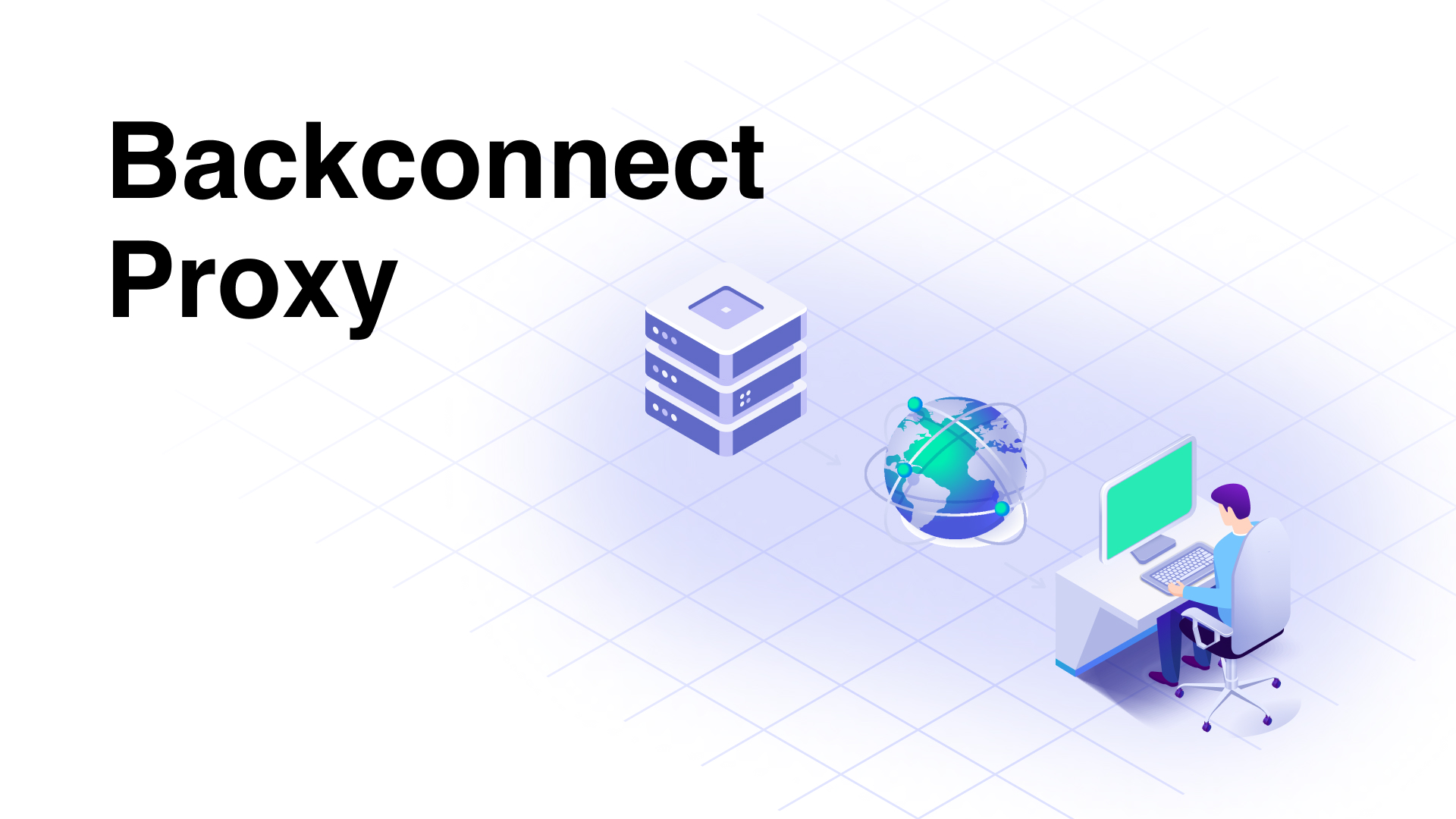
Understanding the Sophisticated World of Advanced Proxy Technologies
In today‘s hyper-connected digital landscape, where information represents the most valuable currency, backconnect proxies have emerged as a transformative technological solution that redefines how professionals navigate complex network environments. These advanced networking tools represent far more than simple IP masking mechanisms—they are sophisticated intelligent systems designed to provide unprecedented levels of online anonymity, data intelligence, and strategic digital interaction.
The Evolutionary Journey of Proxy Technologies
The story of backconnect proxies is deeply intertwined with the broader narrative of internet privacy and digital communication. As early internet protocols developed, professionals quickly recognized the critical need for mechanisms that could protect digital identities and enable more flexible network interactions. Traditional static proxies offered initial solutions, but they were inherently limited by their rigid, predictable infrastructure.
Backconnect proxies represent a quantum leap in this technological progression. By introducing dynamic IP rotation and intelligent routing mechanisms, these systems transcend the limitations of their predecessors, creating a more adaptive and resilient networking approach.
Technical Architecture: Beyond Simple IP Masking
At its core, a backconnect proxy is an intricate network infrastructure that goes far beyond basic IP substitution. Imagine a complex digital ecosystem where each network request can potentially emerge from a completely different geographical location, with millisecond-level precision and near-instantaneous adaptability.
The underlying architecture involves:
- Massive global IP pools spanning hundreds of thousands of unique addresses
- Intelligent routing algorithms that make real-time selection decisions
- Advanced encryption protocols ensuring secure, anonymous communication
- Automated management systems that continuously optimize network performance
The Mechanics of IP Rotation: A Deep Dive
When you connect through a backconnect proxy, you‘re not just changing an IP address—you‘re engaging with a dynamic, living network that constantly evolves. Each request can potentially emerge from a different global location, making traditional tracking mechanisms virtually ineffective.
The rotation mechanism operates through complex mathematical models that consider multiple variables:
- Geographical diversity
- Network latency
- IP reputation scores
- Historical performance data
This formula represents a simplified view of the intricate calculations happening behind every network interaction.
Market Dynamics and Economic Implications
The global proxy market is experiencing unprecedented growth, with backconnect proxy technologies at the forefront of this transformation. Current projections suggest the market will reach approximately [USD 12.5 billion] by 2029, representing a compound annual growth rate of over 25%.
Driving Forces Behind Market Expansion
Several critical factors are propelling the backconnect proxy market:
Increasing Digital Privacy Concerns
Digital users are becoming more sophisticated, demanding robust anonymity solutions that protect against invasive tracking mechanisms.Complex Web Scraping Requirements
Businesses require more advanced data collection tools that can navigate increasingly sophisticated anti-bot technologies.Global Market Research Needs
Companies seek more nuanced methods of gathering competitive intelligence across diverse geographical markets.
Practical Applications Across Industries
While the technical capabilities of backconnect proxies are impressive, their real value emerges through practical, transformative applications across multiple industries.
E-commerce and Competitive Intelligence
Online retailers and market researchers leverage backconnect proxies to:
- Monitor competitor pricing strategies
- Analyze global market trends
- Conduct comprehensive sentiment analysis
- Validate geographic pricing variations
Digital Marketing and Ad Verification
Advertising professionals use these technologies to:
- Validate ad placements across different regions
- Prevent click fraud
- Test geotargeted marketing campaigns
- Ensure accurate performance tracking
Cybersecurity and Threat Mitigation
Security teams deploy backconnect proxies as advanced defensive tools, enabling:
- Anonymous threat intelligence gathering
- Protection against potential tracking attempts
- Sophisticated network reconnaissance
- Enhanced incident response capabilities
Technical Challenges and Innovative Solutions
Despite their advanced capabilities, backconnect proxies are not without challenges. Network engineers and cybersecurity experts continuously work to address:
Performance Overhead
Rotating IP addresses can introduce latency, requiring sophisticated optimization techniques.IP Quality Management
Maintaining a high-reputation IP pool demands continuous monitoring and automated management.Legal and Compliance Considerations
Different jurisdictions have varying regulations regarding proxy usage, necessitating a nuanced, adaptive approach.
Future Technological Trajectories
The next generation of backconnect proxy technologies will likely incorporate:
- Machine learning-enhanced routing algorithms
- Blockchain-based IP verification mechanisms
- Quantum encryption protocols
- Advanced artificial intelligence for predictive network optimization
Strategic Implementation Recommendations
For professionals considering backconnect proxy adoption, a strategic approach involves:
- Thoroughly assessing specific organizational requirements
- Evaluating provider reputation and technical capabilities
- Understanding precise use case scenarios
- Implementing robust testing and validation processes
Conclusion: More Than a Technology—A Strategic Asset
Backconnect proxies represent a pivotal technological innovation that transcends traditional networking paradigms. They are not merely tools but strategic assets that enable more sophisticated, intelligent digital interactions.
As our digital landscape becomes increasingly complex, these advanced networking solutions will play a critical role in protecting digital identities, gathering strategic intelligence, and navigating the intricate global information ecosystem.
By understanding their sophisticated mechanisms and strategic potential, professionals can transform these technologies from simple networking tools into powerful competitive advantages.






